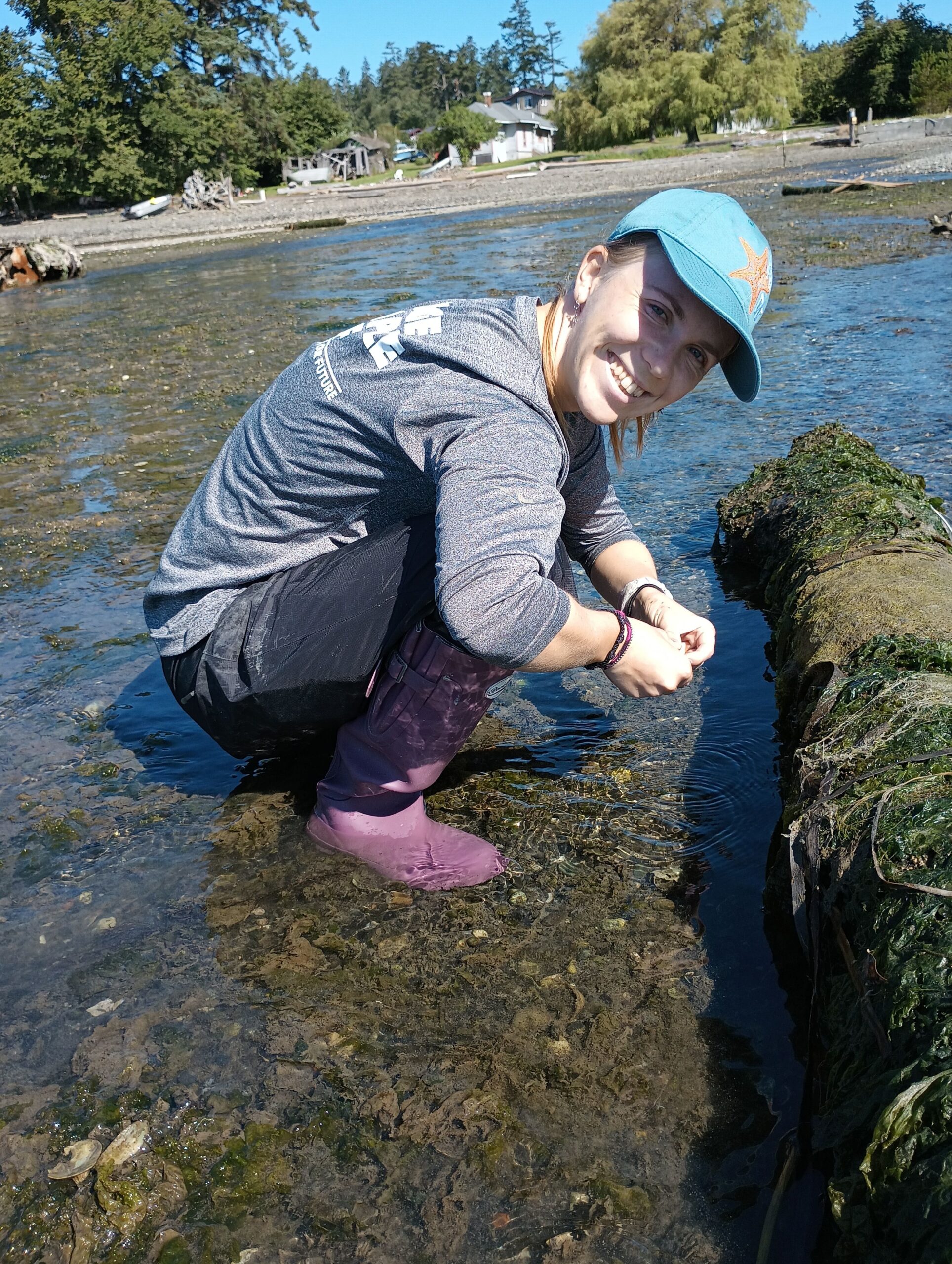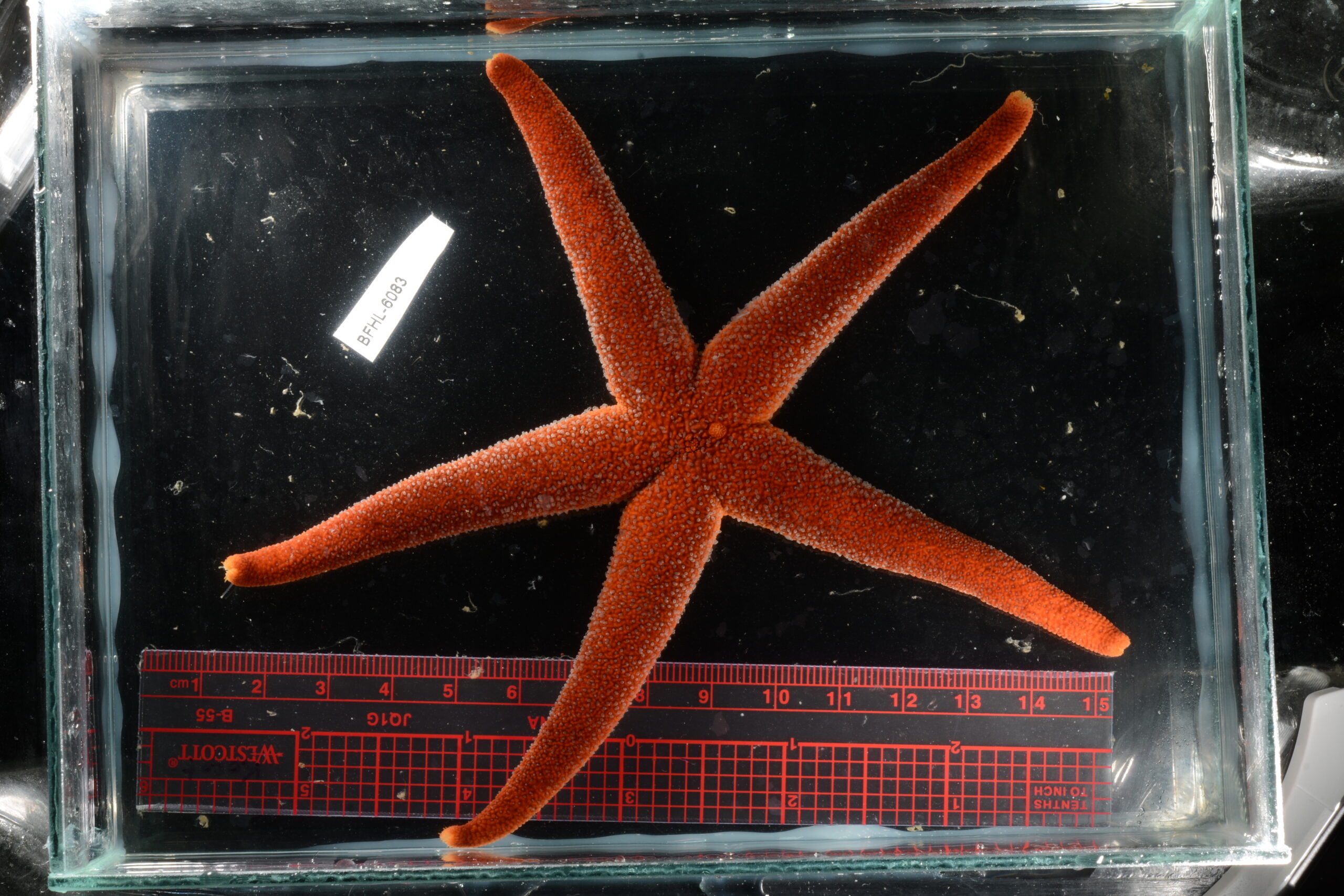



University of Guam graduate biology student and Guam NSF EPSCoR graduate research assistant Therese Miller gained research experience this summer through a course held by the University of Washington. The class was called Biodiversity and Integrative Taxonomy of Invertebrates and was held at the university’s field station in Friday Harbor Laboratories on San Juan Island from July 18 to August 18, 2022.
The course focused on methods for documenting and describing the species-level diversity of invertebrate animals through activities such as field trips to collect samples, dissecting, photography, and genetics work.
The class was taught by two instructors: Gustav Paulay, Ph.D., a curator and professor at the University of Florida who served as the director of the UOG Marine Laboratory from 1991 to 2000 and has extensive experience in studying marine invertebrate zoology.
Kevin Kocot, Ph.D., a curator and professor at the University of Alabama, hosted workshops on bioinformatics and studying meiofauna. Bioinformatics is an interdisciplinary field that develops software and tools to understand biological data. Meiofauna are small invertebrates that live on or near the bottom of bodies of water.
“Together, they not only encouraged our passions for studying marine biodiversity but also equipped us with the tools to further our careers,” said Miller.
Over the course of the program, Miller worked on a research project that involved describing species of blood stars (Henricia), a sea star found along the Pacific Coast which is typically red-orange in color but can vary from tan to almost purple.
“Historically, what appear to be several different species are all called the same name in the literature or are left undescribed,” said Miller. “My project entailed collecting about 50 specimens of these sea stars and taking DNA from them to see how closely they were genetically related.”
During the course, she found two specimens of a species that were the first to be sampled in the Juan de Fuca Island strait. This species had previously been found along California and Oregon.
Throughout her time in Washington, Miller was able to see cultural aspects of San Juan Island such as various small farms throughout the island as well as a fishing vessel that belonged to the indigenous Native American tribes of the Pacific Northwest.
“It was fascinating to learn about some of the native tribes that have lived in the area for several centuries,” said Miller. “I also relearned the importance of characterizing biodiversity in the anthropogenic age, particularly for marine species, which are largely understudied compared to terrestrial fauna. This is especially important to me living on Guam since marine biodiversity here is so rich and there is so much to research and explore. I felt this course really inspired me to open my eyes more to the world around me and consider what species here have yet to be identified.”


